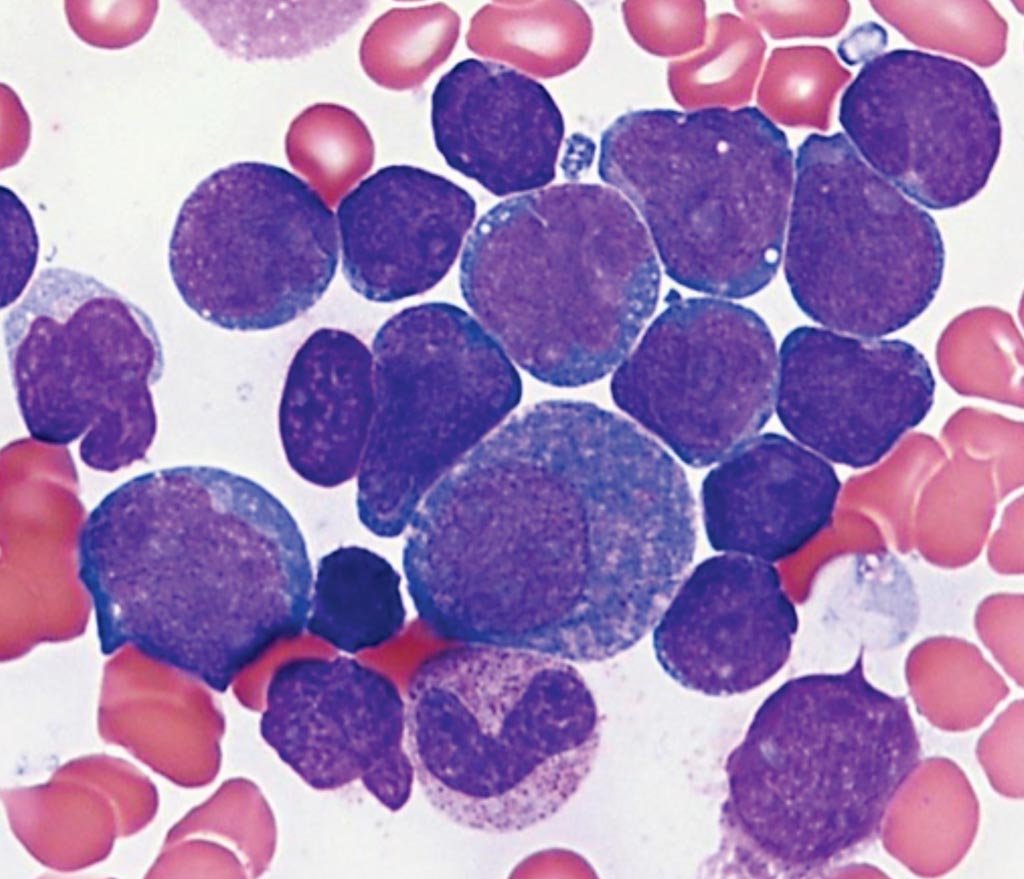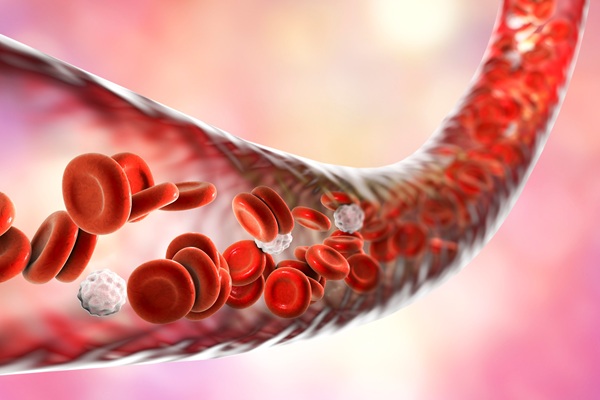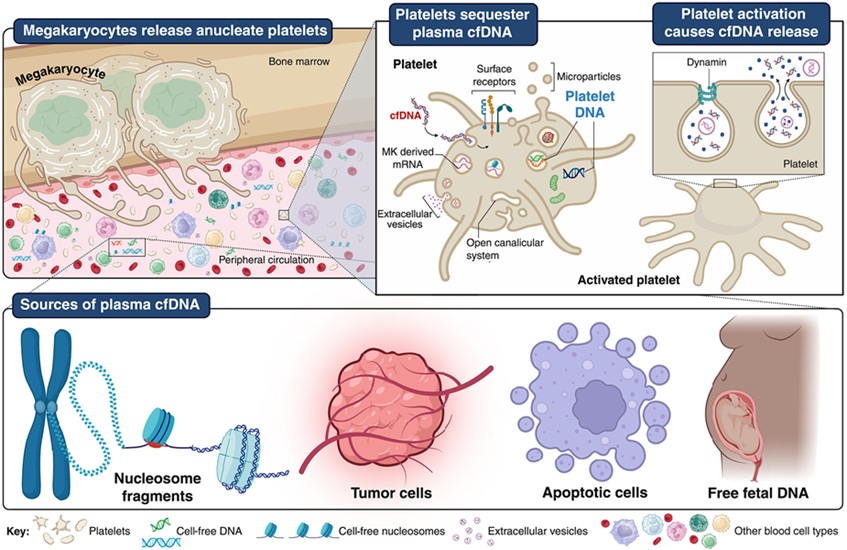Genetic Marker Predicts Early Relapse in Pediatric ALL
By LabMedica International staff writers
Posted on 25 Dec 2018
Acute lymphoblastic leukemia (ALL) is the most common childhood cancer; however, treatment has improved dramatically due to the ability to stratify patients into groups based on risk factors and genetic analysis.Posted on 25 Dec 2018
About 15% to 20% of ALL patients who have reached complete remission eventually relapse. ALL relapse is considered one of the major cancer-related causes of death among childhood malignancies. Relapse can occur even in patients with favorable prognostic factors at diagnosis.

Image: Bone marrow aspirate smear from a patient with acute lymphoblastic leukemia reveals increased blasts which are small to medium in size with high nuclear-to-cytoplasmic ratios, round to irregular nuclei, smooth chromatin, and scant basophilic agranular cytoplasm (Photo courtesy of Karen M. Chisholm MD, PhD).
Scientists at the Nova Southeastern University (Fort Lauderdale, FL, USA) and their associates discovered that by testing the level of nucleotide excision repair (NER) gene expression, pediatric oncologists can determine the likelihood of early relapse (less than three years) in their acute lymphoblastic leukemia (ALL) patients. This study included two matched diagnosis-relapse paired gene expression datasets of pediatric ALL. The Staal dataset included 41 patients diagnosed with both precursor-B-ALL (n = 27) and T-ALL (n = 14) and treated. The Hogan dataset included 49 treated patients with precursor-B-ALL.
The Affymetrix Human Genome U133 plus 2 array was used to generate both datasets. Data on 51 probes representing 20 NER canonical genes were extracted. Expression data on multiple probes for a single gene were averaged. The expression of the canonical 20 NER genes was examined in matched pediatric samples at the time of diagnosis and relapse of only precursor-B-ALL patients from both datasets. The team classified patients based on the time of recurrence as either early (less than 36 months) or late (equal to or more than 36 month) relapsers, regardless of other prognostic variables.
The scientists reported that gene expression of the NER pathway was significantly increased upon relapse in patients that took three years or greater to relapse, whereas no such change was evident in patients that relapsed in less than three years. Moreover, at diagnosis, the NER gene expression of the early relapsing subpopulation was already significantly elevated over that of the late relapsing group. This pattern was validated by an ‘NER score’ established by averaging the relative expression of the 20 canonical NER genes. The NER score at diagnosis was found to be significantly associated with disease-free survival in precursor-B-ALL.
Jean Latimer, PhD, an associate professor and oncology scientist, said, “Our study found a correlation between high NER expression levels and early relapses of ALL among relapsing patients. Being able to identify patients with the highest risk of early recurrence who are not detectable using present clinical measures and then treating them with a more targeted therapy is crucial to overcoming the cancer.” The study was published on October 30, 2018, in the journal BMC Medical Genomics.
Related Links:
Nova Southeastern University













